What are the symbols of Thanksgiving? Is there more than traveling for thousands of miles to eat too much of a turkey? How to make this popular family holiday a memorable experience without losing too much time, money, and nerves?
Thanksgiving is a great opportunity to share a meal with people who are in any way important to us. If we are in the role of the host, we can easily become overwhelmed with details without actually knowing what we want to achieve. This article will briefly discuss the main symbols of Thanksgiving to give you a basic knowledge (or restore it) about Thanksgiving so you can confidently navigate through table settings, centerpieces, wreaths, and other decorative elements that serve as the glue of the memorable experience for you and your guests.
Here are the top 10 symbols of Thanksgiving!


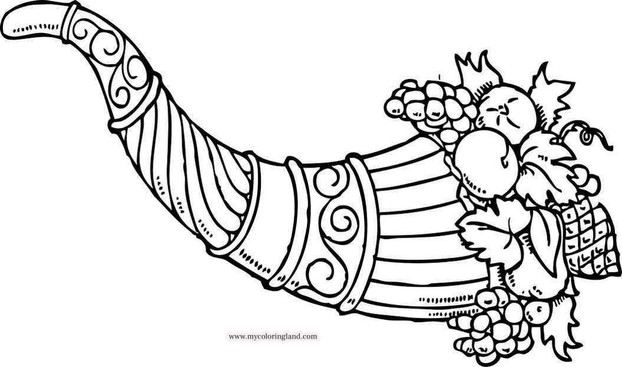
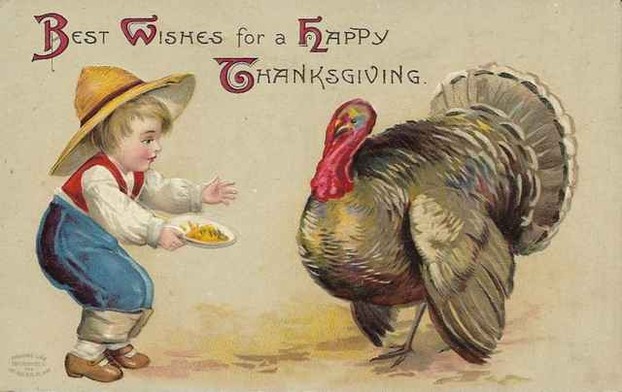
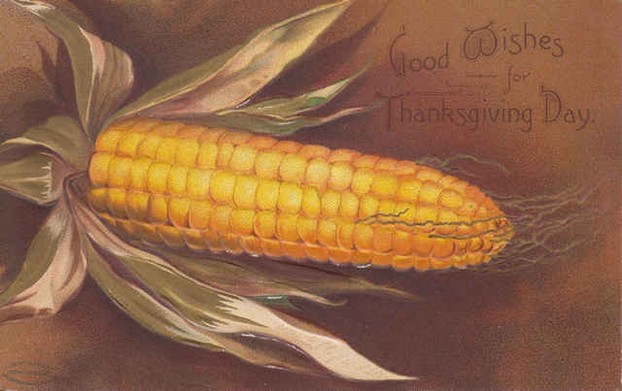
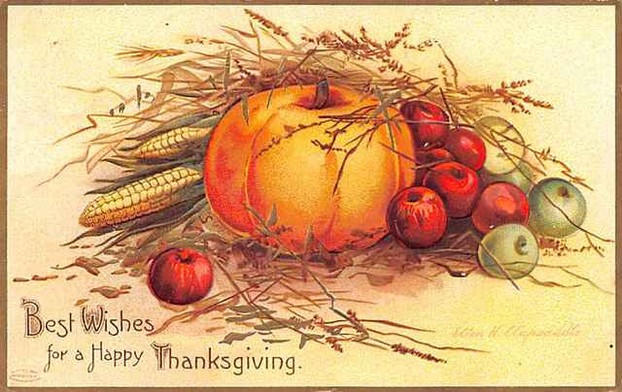

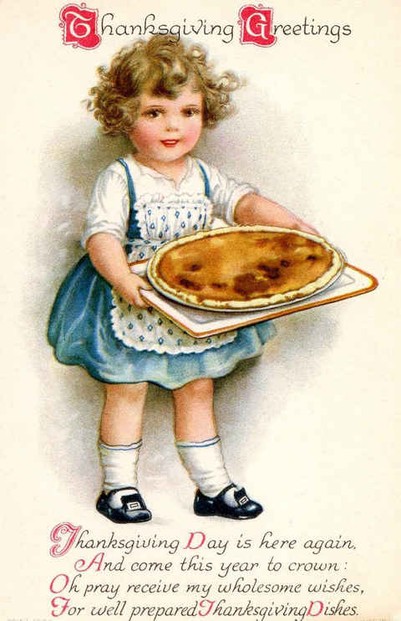
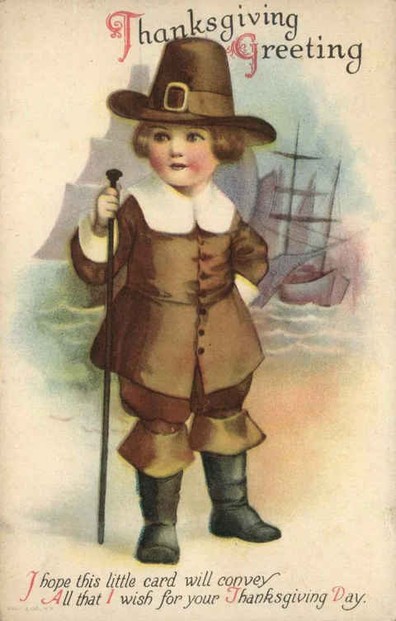
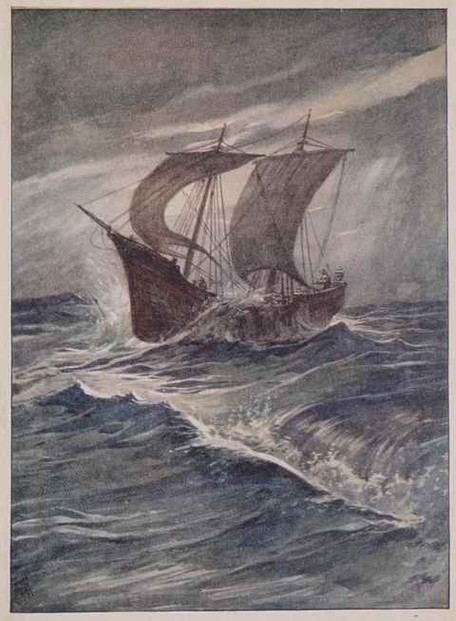

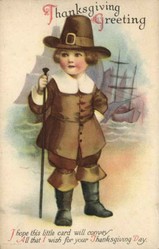

 Vintage Postcard Artists with 10 Examples of Easter Cardson 02/21/2025
Vintage Postcard Artists with 10 Examples of Easter Cardson 02/21/2025
 Valentine's Symbolson 01/23/2025
Valentine's Symbolson 01/23/2025
 Famous Witches in Literary Historyon 10/06/2024
Famous Witches in Literary Historyon 10/06/2024
 Symbols of Halloween - Use Them at Their Beston 09/18/2024
Symbols of Halloween - Use Them at Their Beston 09/18/2024

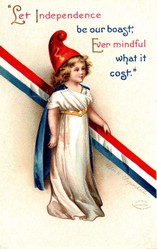
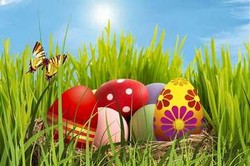
Which symbol of Thanksgiving is the most important to you?
Well, Europeans like ham, lamb, carp, essentially a big roast is inevitable for great feasts. A goose or a duck, maybe. A rooster, of course. Eventually a turkey will find a place, too.
Thank you for your comments below, in answer to my observations and questions about such a timeless, timely wizzley.
It's so appropriate, elucidating, welcoming these event- and season-relevant wizzlies, such as about Halloween and Thanksgiving.
Your answer nine boxes down below mentions that "I have to admit - it's a turkey. But Thanksgiving is not a big dela in Europe. Most people are not really aware of it."
Canada and the United States each observe, on different dates, a thanksgiving.
What would you guess or know as drinks and foods for those few European welcomers of a Thanksgiving Day?
Yes, we have similar materials.
Yes. It's stale water. It's hard to keep it safe for weeks in barrells. Beer with alcohol is safer.
Unitedstatesian cornucopias traditionally are made of wicker.
Is there a traditional European material?
Thank you for your comment below, in answer to my previous observation and question.
It's chilling that fresh water if not ingested timely is pathogenic.
Might it be pathogenic because of its not moving because of its container?
Might it make a difference regularly to move a bottled water up, down and around ;-D?
Beer was way more safe to drink than pure water. Salt water, of course, was out of the question, but fresh water in barrels was not suitable to drink safely either. After so many days (two months!) it would become dangerous due pathogens. Beer, with alcohol, on the other hand, was much better solution. Beer just doesn't spoil so fast as fresh water - an info to remember.
Thank you for your comments below, in answer to my previous observations and questions.
Your description about beer as "essential for survival on Mayflower" intrigues me.
Is it that beer kept the pilgrims hydrated because salt water is not drinkable?
Corn-on-the-cob is still popular especially in rural parts of Central Europe, but mostly right after the harvest, on the field, without ketchup or mayo. Just as it is. If there's any meat at hand, all right. If not, all right, too.
Milk (and honey) provide all essentials to survive. Wine is more for celebrations, although we can't deny its nutritional value. Same goes for beer (by the way, it was essential for survival on Mayflower).